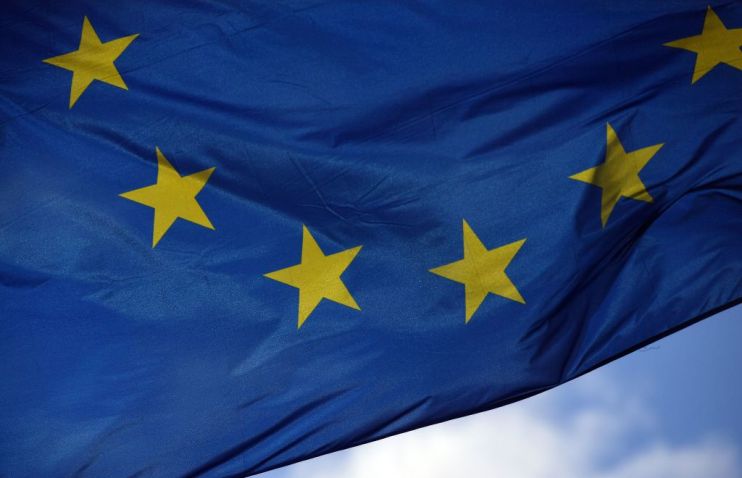Eurozone PMI: Economy stagnates as German services sector plummets

The Eurozone economy remained close to stagnation in November as activity sank to a two-month low.
The bloc’s economy barely registered growth, hitting a measure of 50.3 on IHS Markit’s closely followed Flash Eurozone Purchasing Managers; Index (PMI).
Read more: Pound slips as UK private sector suffers worst fall since 2016
Read more: How the pound could react to a Tory election victory
That was a drop from October’s 50.6, and just above the 50 mark that represents flat growth.
However, the euro held up against the dollar, broadly flat at $1.106.
November marked the Eurozone’s third month in a row of a fall in new orders for goods and services, hurt by Brexit uncertainty and ongoing trade war tensions.
Hiring subsequently sank for the fifth consecutive month, to hit its lowest level of growth since January 2015.
Manufacturers were hit the hardest. While new orders declined at the slowest rate for five months, the fall remained steeped, led by a drop in exports.
“Manufacturing remains in its deepest downturn for six years amid ongoing trade woes, and November saw further signs of the weakness spilling over to services, notably via slower employment growth,” IHS Markit’s chief business economist, Chris Williamson, said.
Read more: Exports and extra spending help Germany avoid recession
“Business remains concerned by trade wars, Brexit and a general slowdown in demand, with heightened uncertainty about the economic and political outlook driving further risk aversion.”
Germany PMI saw business conditions continue to worsen in the Eurozone’s biggest economy, in the meantime.
Services sector PMI – which has held up the German economy of late in the face of a manufacturing downturn – crashed to a 38-month low of 51.3. That compares to October’s 51.6.
“While still showing a degree of resilience, the service sector is growing only modestly and at its slowest rate for over three years,” IHS Markit’s Phil Smith said.
“By contrast, manufacturing remains firmly in contraction, but many of the indicators here are at least moving in the right direction and it would seem the worst of the downturn is over barring any shocks.”
Joshua Mahony, a senior market analyst at online spreadbetter IG, said the raft of data offered a “mixed picture” for the region as manufacturing gained as services slumped in Germany and France.
“ A sharp spike in manufacturing surveys will come as a welcome surprise for many, with the detrimental trade war remaining a drag on global trade in manufactured goods,” he added.
“However, it is important to not get too carried away given the fact that both German and Eurozone manufacturing both remain within a phase of contraction.”
Read more: Do central bankers have the tools to fight the next downturn?
London Capital Group’s head of research, Jasper Lawler, warned there is a “gaping hole” between poor economic performance and the huge gains made by European bourses this year.
“Soft PMIs across the Eurozone completely unravelled, and then some,” he said. “The one highlight was a bigger than expected pickup in German manufacturing. It was German manufacturing that led Europe into its latest malaise via the troubled in the auto sector and slowing global trade. This might be the first inkling of German manufacturing leading the rebound.”
“The longer the PMIs languish at these levels the lesser the prospects for a 2020 rebound,” Lawler added.